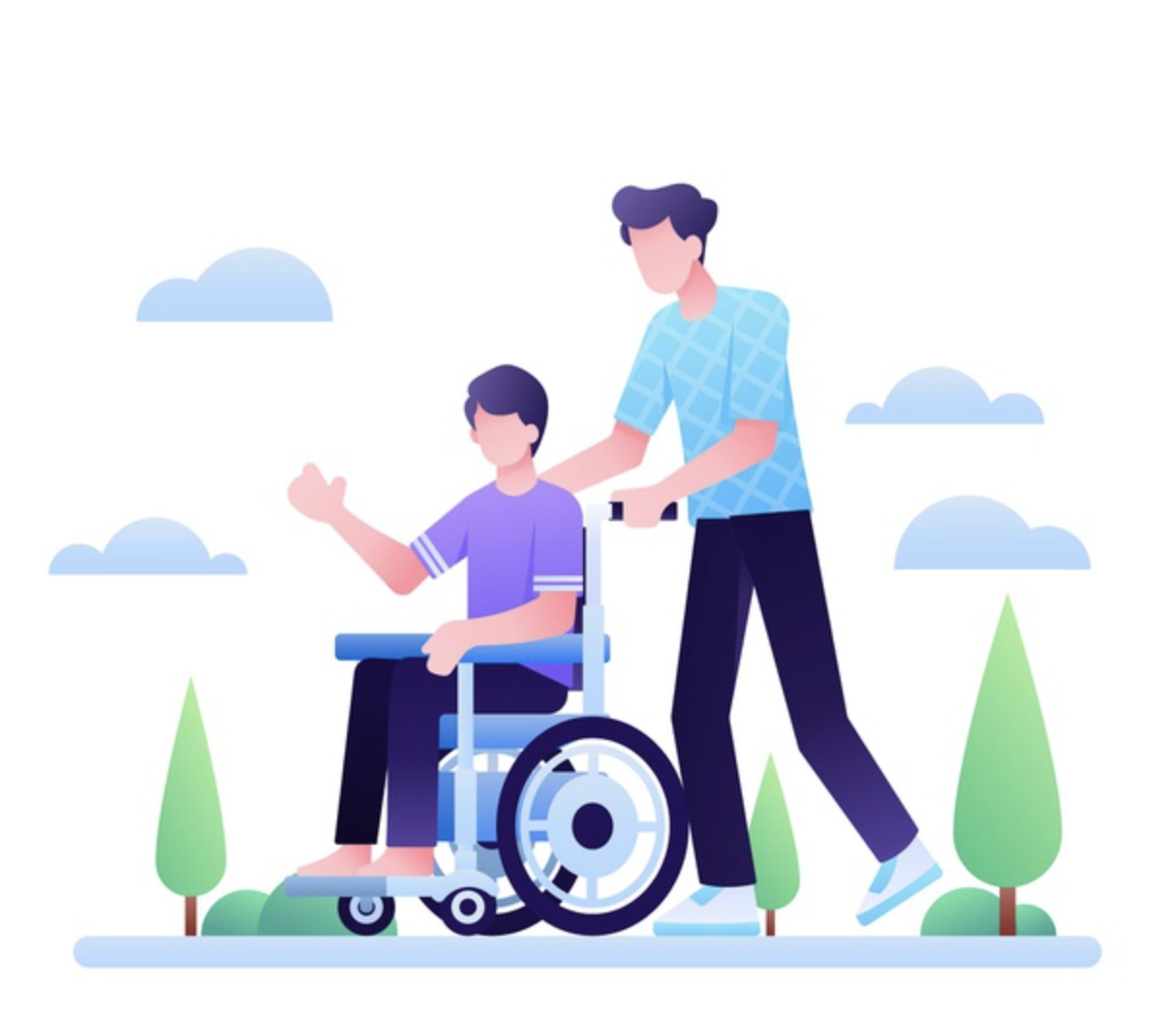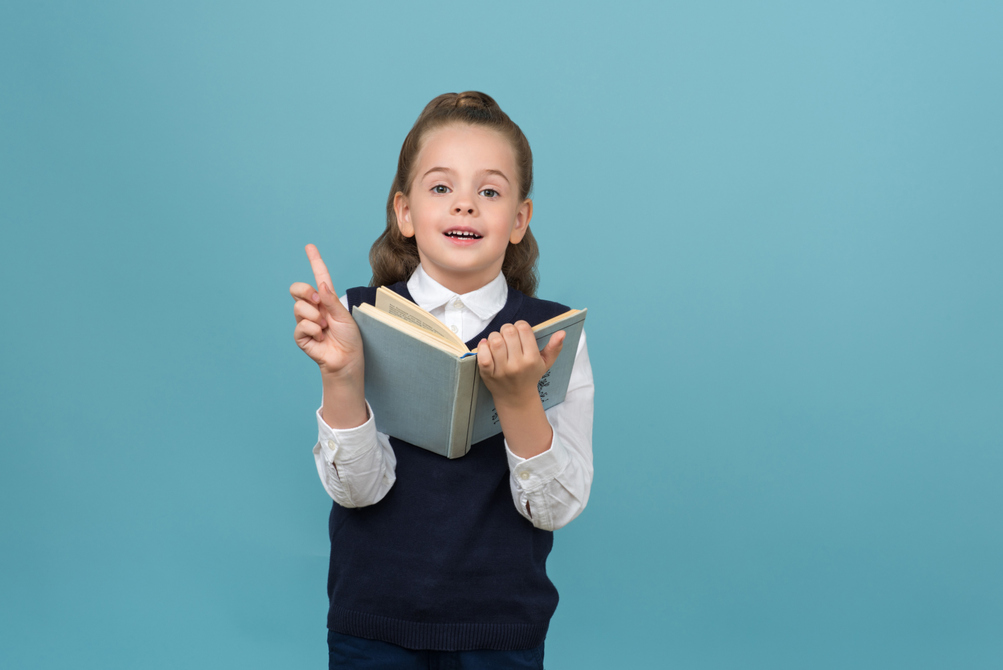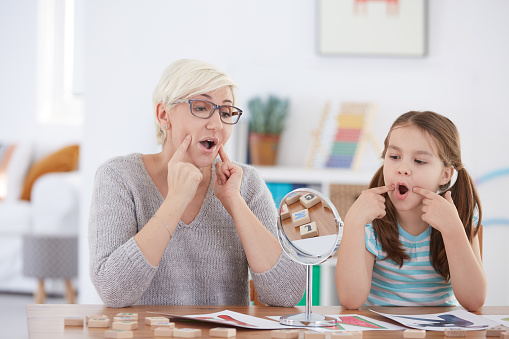What is Cerebral Palsy?
Cerebral Palsy is a group of conditions that impairs motor control and movement. It is the most common childhood motor disability in the United States and affects approximately 17 million people globally.
Four Categories of Muscle Dysfunction
**These categories represent what motor movements are impaired and the severity of the impairment**
- Spastic: muscles are constantly contracted and tight
- Athetoid: characterized by involuntary writhing
- Dyskinetic: difficulty with voluntary movement
- Ataxic: lack of balance and coordination

The lack of muscle coordination is caused by abnormal brain development or damage to the cerebral cortex….
Congenital CP: prenatal causes, genetic abnormalities, brain malformations
Acquired CP: postnatal brain damage or infection, limited blood supply to brain, asphyxia (oxygen supply cut off during labor)
More often than not, the motor deficits are accompanied by other neurological or physical impairments. Other neurological symptoms of CP include…
- intellectual disabilities
- behavioral disorders
- speech impairments
- hearing impairments
- visual impairments
Verbal Communication Development
For many children with CP, their lack of motor skills contributes to challenges in speech production. Speech production relies on different organs in the respiratory system and muscles in the face. These muscles may be paralyzed in a person with CP which is known as dysarthria. Dysarthria will affect the intelligibility of speech.
 The communication abilities of children with CP can be grouped into 4 different categories…
The communication abilities of children with CP can be grouped into 4 different categories…
- No speech motor impairment (however often still a difference in speech output)
- Speech motor impairment with developmentally typical language skills
- Speech motor impairment with developmentally atypical language skills
- No speech skills
Neurodevelopmental Treatment (NDT)
A broad category of intervention used to treat speech difficulties in CP is called Neurodevelopmental Treatment (NDT). It encompasses treatment of sound production, saliva control, and respiratory control which are important goals for those with CP
Goals of Intervention
**Increase airflow that will encourage speech production**
- This can be done through placing an item out reach like a ball that will require the child to stretch their muscles.
- Activities will also include body rotation tasks where the child will be encourage to speak once they have returned to their center
- The most aggressive technique will require physical handling of the child’s trunk region to encourage alignment
**Initiation of speech and appropriate response**
- Engage in play together to encourage the child to initiate speech
- Repeat certain sounds and words to work on speech pronunciation
- Learn new vocabulary words to reject or request

Written Communication Development
Most children with CP fall below the 25th percentile in measures of reading, writing, and spelling.
These difficulties are not because of general learning disabilities. Children with CP exhibit typical learning abilities in other areas and school subjects. Research suggests that problems with visuospatial perception and short term memory contribute to literacy issues.
Visuospatial Perception
There is a strong correlation between reading abilities and visuospatial perception. Children with CP tend to perform poorly on tasks that test visual memory and spatial relationships. They have trouble remembering images over a short period of time and replicating sequential patterns of shapes. Struggles to perceive and encode the orientation and sequence of shapes directly impacts reading abilities.

Short Term Memory
Children with CP have relatively strong phonological skills, but they struggle to process individual phonemes and store them in their memory. Without the ability to distinguish between phonemes, they struggle to connect letters with their corresponding sounds .

Augmentative and Alternative Communication (AAC)
AAC refers to any device that bolsters a person’s spoken and written communication abilities.
How can I use AAC to support specifically literacy development?
- incorporate phrases that allow child to engage with books
- “what does that word mean”
- “read that again”
- incorporate preference phrases
- “I liked/didn’t like that part”
- guided reading strategies
More Research Needed!
While there has been research done on cerebral palsy, little of the research directly focuses on ways to improve communication and speech production. The wide range of symptoms of CP has caused clinicians to use the more general therapy techniques mentioned above. More research needs to be done on the effectiveness of each of these techniques in order to ensure people with CP are given the care they deserve.
Interview
To fully and accurately report on the communication abilities of people with CP we talked to Peach Chinratanalab, a Vanderbilt Next Steps graduate with CP.
**Verbal consent was obtained prior to conducting the interview**
Image Sources
https://www.freepik.com
https://pixabay.com

